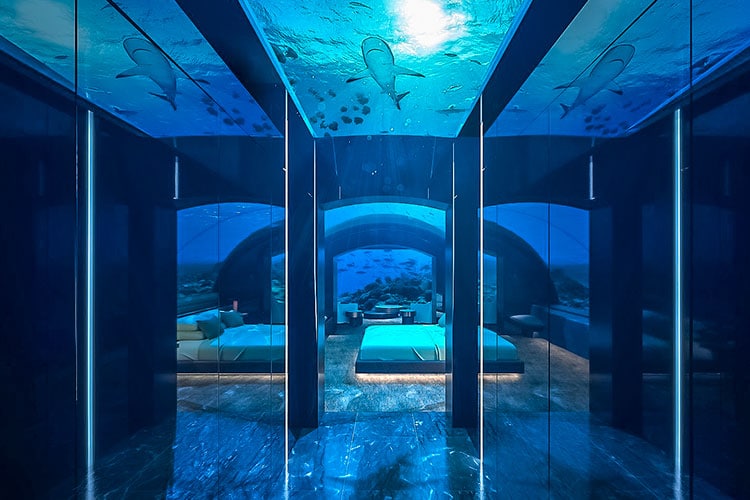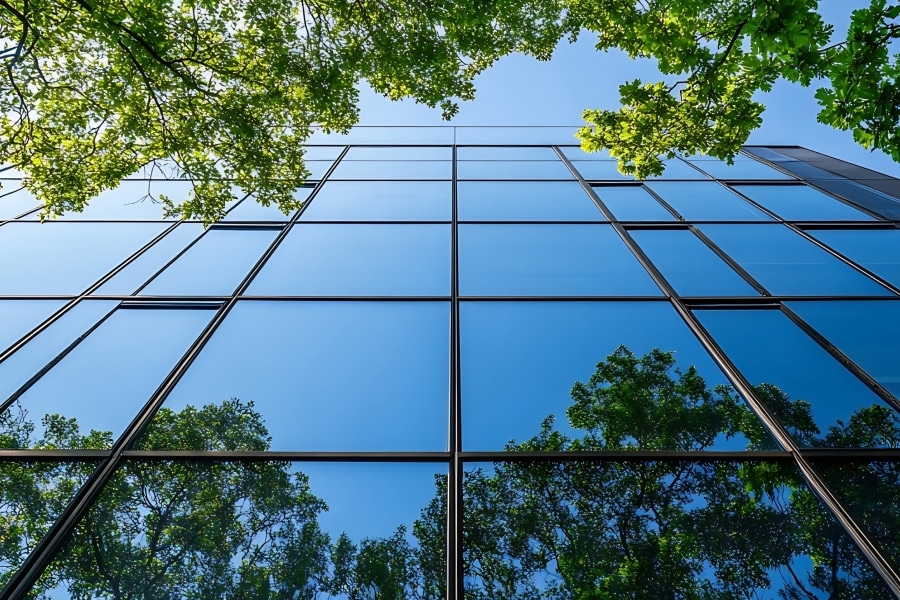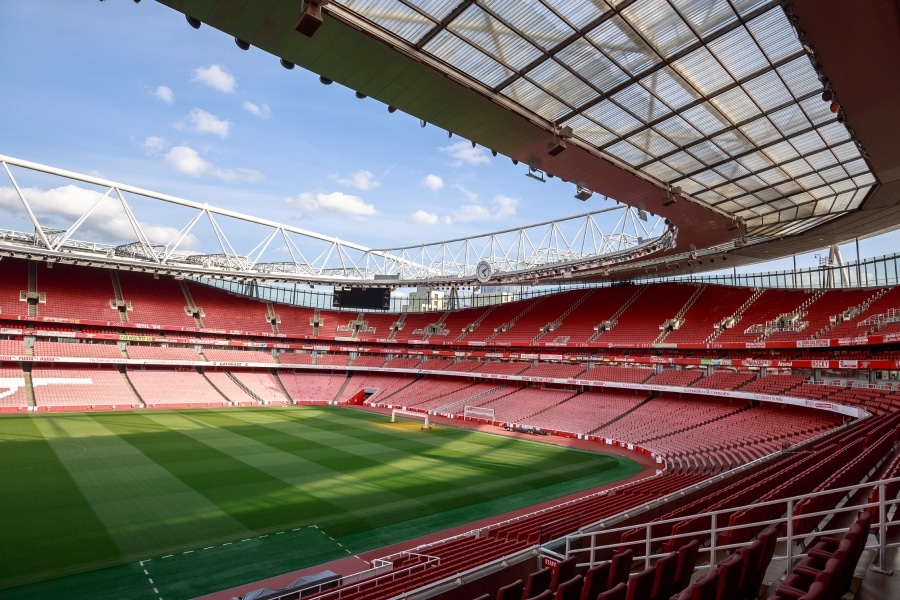When most of us think of the bathroom, our first thought is probably about privacy. But what if you could take a bath while staring out a turquoise ocean with a nice sea breeze cutting across your face?
In the Maldives, that’s just what you can experience: an “open bathroom.” Think of the usual items, bath, shower, sink, toilet—but none of the constraining walls to close you off from the surrounding world. It might intimidate some, but it’s a staple of Maldives travel, and that’s largely thanks to Ahmed Saleem, a director at Crown Company.
It’s a concept that has spread from the Maldives to other locales like New York’s Standard Hotel on the High Line and Amsterdam’s Lloyd Hotel. As Kristen Hohenadel writes for Slate, “Knocking down bathroom walls completely, erecting glass-walled bathrooms (with or without modesty curtains or blinds) and installing peekaboo showers allows natural light to penetrate through the space, air to flow and guests to let it all hang out.” It’s a trend that has gained steam and redefined the way we think of a hotel and resort design.
Saleem is a trained architect who has positioned himself at the vanguard of architectural innovation. As he told the publication Hotelier Maldives back in 2014, “Most of my work is based on designing resorts and coming up with ideas for development, and making sure that those ideas get built the way I want them built.” When Saleem and his partners founded Crown Company over a cup of tea, Saleem found his role as the one to find new aspects of design. One of the first? The open-toilet concept.
As Saleem mentioned, the idea has since taken off: “This has now become a universal unique feature in the Maldivian architecture and many, many, many resorts are doing that. Like all architects, I was also trying to come up with a unique Maldivian image. I have also contributed and many other Maldivian architects have also contributed to this unique concept of ‘Maldivian architecture.’”
And those other unique contributions are not to be brushed under the carpet. Saleem has been at the helm of two of the most audacious projects in global architecture. In the past few years, he and his company have built the Maldives’ first underwater restaurant and its first underwater hotel villa.
The villa, which is 193-square feet and contains a king-size bed, living room and an open bathroom, is part of Conrad Maldives Rangali Island (which also houses the underwater restaurant). It was built above ground in Singapore before being shipped to the island and lowered over 16.5 feet to the bottom of the sea where fresh air, water and electricity has to be pumped to it from the surface. The room is a design marvel: it has two concrete and steel outer shells, an acrylic dome fashioned by one of the world’s leading aquarium manufacturers, and is held in place by 10 legs fastened into meter-wide concrete-steel piles, which keep the room in place no matter what is happening in the ocean around it.
The ambition of the project reflects Saleem and his partners’ views to push the boundaries of resort design. As Saleem said at the time of launch, this is part and parcel of what his company wants to encourage in Maldivian architecture and tourism: “Driven by our inspiration to deliver innovative and transformative experiences to our global travelers, the world’s first undersea residence encourages guests to explore the Maldives from an entirely new perspective below the surface of the sea.”
While other hotel rooms have been put under water, this villa is the first to go into the actual ocean and be surrounded by real-world ecosystems comprised of coral and diverse marine life. All the other structures that currently exist are surrounded by aquariums instead. Saleem explained that the room is about mixing the line between life above water and below: “The Muraka is not just one room below the sea; it is an integrated living experience above and below the ocean.”
From the open bathroom to the underwater villa, the through-line in Saleem’s designs is about integrated living experiences. Whether it’s brushing your teeth above the ocean with the sun on your back and no walls around or looking into a labyrinth of coral while having a bath under the sea, Saleem is changing the way we experience the world.
In the end, it’s not by closing things off, but by opening them in ways we never would’ve imagined.











